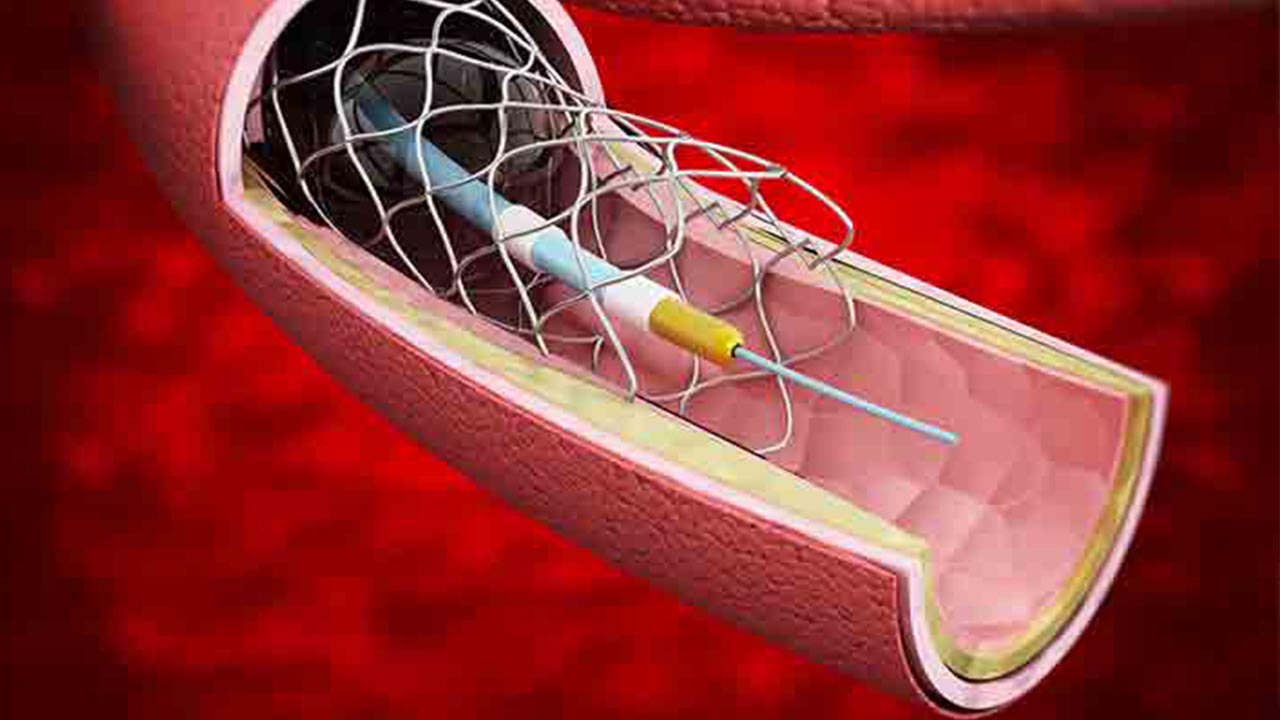If you have been diagnosed with heart disease, your cardiologist may recommend a procedure called stenting. Stenting is a minimally-invasive procedure that can improve blood flow to your heart and reduce the symptoms of heart disease. In this blog post, we will explain what stenting is, how the procedure is performed, and what you can expect after the procedure.
What is stenting?
A stent is a small, metal tube that’s placed in your arteries to keep them open. The procedure for placing a stent is called percutaneous coronary intervention (PCI). During PCI, your doctor inserts a long, thin tube called a catheter into an artery in your arm, leg or neck. The catheter is then threaded through the artery to the heart. Once it’s in place, contrast dye is injected through the catheter so that your doctor can see the arteries on an X-ray monitor.
How is the stenting procedure performed?
A stent is a small, metal tube that is placed into the affected area of your artery to help keep it open. The stenting procedure is a minimally invasive way to treat blocked arteries and it can be performed in an outpatient setting. The first step of the stenting procedure is to make a small cut in the groyne area so that a catheter can be inserted into the femoral artery. Once the catheter is in place, it will be guided through the arteries until it reaches the blockage.
What can you expect after the procedure?
After your stent procedure, you will be closely monitored in the hospital for 24 to 48 hours. During this time, you will be on a clear liquid diet and may have some restrictions on how much you can move around. You will likely experience some discomfort and pain at the site of the skin incision. Your doctor will prescribe pain medication to help manage this. Most people are able to go home after one or two days in the hospital and make a full recovery within four to six weeks.




